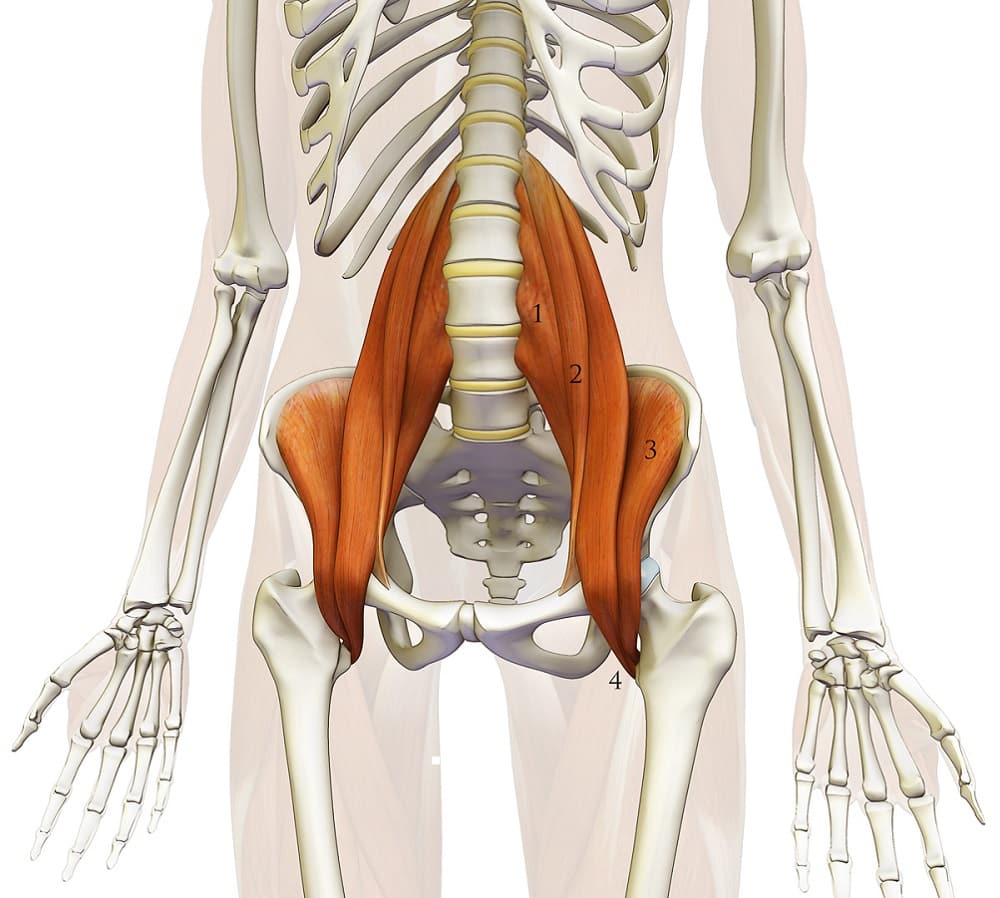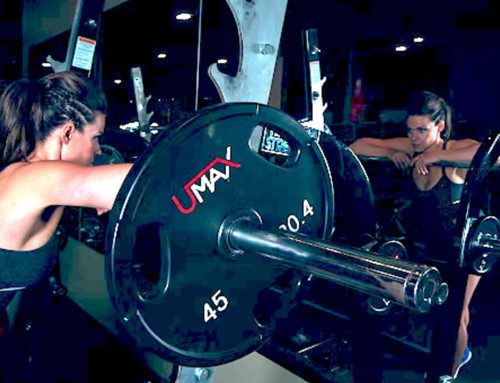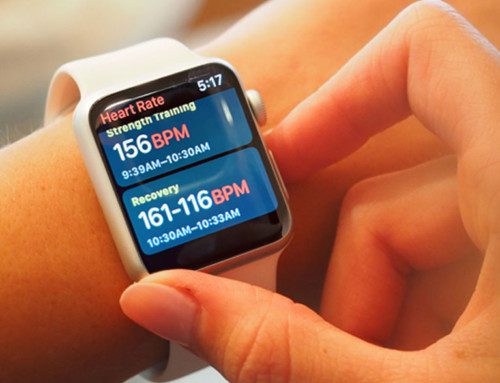The psoas muscle, located deep in your hip, is a very important muscle to consider when treating low back pain or hip pain. The psoas muscle, which actually has two parts called major and minor, makes up one component of the iliopsoas muscle. Due to its attachments, it is a crucial element in everyday activities like walking, running and even lifting. The psoas muscle is also a key element in its relationship to low back pain and/or hip problems but surprisingly only 40% of the population have a psoas minor.
Why is the psoas so important?
The psoas muscle originates on the anterior portion of the lumbar vertebrae and attaches to the femur and pelvis. These two muscles are important as hip flexors and low back stabilizers. The psoas minor helps to stabilize with its action of tilting the pelvis posteriorly and the major abducts, laterally rotates and flexes the hip along with the iliacus. Because of these attachments, a weak iliopsoas muscle could affect the position of the lumbar spine and produce a flat or sway back. This most often occurs when the line of gravity falls posterior to the hip axis and the muscle is unable to stabilize against this force, causing the back to arch. Prolonged arching or sway in back can increase joint compression forces anteriorly thereby causing laxity in the hip ligaments. The hip joint can develop muscular imbalances from trying to compensate for this posture.
What about functioning?
So, now that you know what a weak iliopsoas can do structurally, what about functionally? Because the iliopsoas plays a main role in hip flexion, when it’s weak it can affect walking and/or running by decreasing your stride length. That is not all, if you think of its origin of the lumbar spine; you realize that a weak iliopsoas could also affect trunk flexion when getting up from a seated position or incline walking. Similarly, the squat position in which the iliopsoas would be start off shortened would make many activities difficult as with power lifting or wrestling but repetitive hip flexion activities are also problematic. Hip injuries actually represent 2-5 % of all sports injuries with groin strain being the most prevalent within the category and iliopsoas a close second.
Overuse injuries and direct trauma are the two main causes of injury to the iliopsoas which mostly presents as iliopsoas tendinitis. Within the diagnosis of overuse there are two points of provocation: one involving repeated hip flexion or external rotation like soccer, ballet or dancing or during a growth spurt in which the hip flexors tend to become less flexible. One must consider it being overused as well when it cannot move as much. Both causes can lead to irritation and thus inflammation. Additionally, tightness of the iliopsoas can cause inhibition of glut max allowing for an anterior pelvic tilt which can set up an alternate compensation pattern in the kinetic chain. This will lead to increased lumbar lordosis and sacral stresses all the way down to knee tightness from ITB accessory stabilization and even patellofemoral problems.
What can I do?
Release, stretch and strengthen. The term release can be confusing but essential means to assess the muscle and release any tight points that the muscle might have within it fibers. By releasing the tightness within the fibers (also known as muscle knots), the muscle will then be able to stretch easier and become longer. The greater length of the muscle will eventually decrease the pull on its origin and insertion points helping to return to normal function. Often this is where people will stop because they feel better but to really make a difference it is important that one continues and strengthens the muscle. Below are included the areas to release with a trigger point diagram, as well how to stretch and strengthen the iliopsoas.
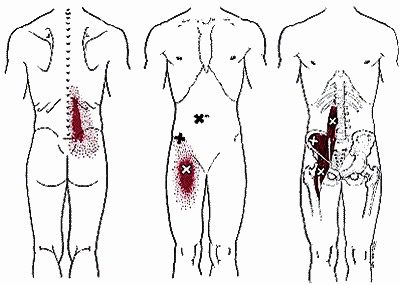
Trigger Point Release Areas



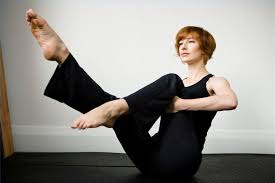
So, next time someone mentions the iliopsoas or psoas, you can tell them all about it!

